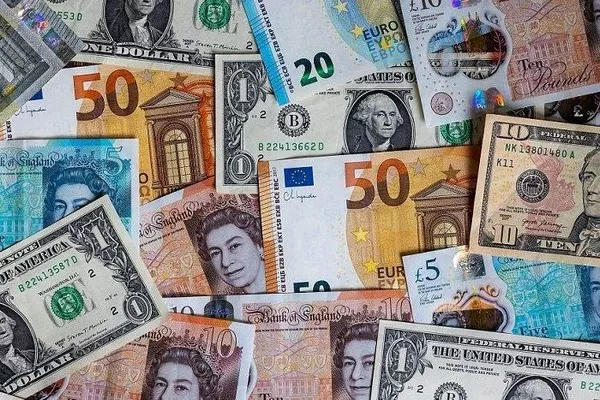During the European morning session, GBP/USD attracted some buying above the 1.2600 mark.
U.S. non-farm payrolls (NFP) beat expectations in August; Manufacturing Purchasing Managers Index (PMI) rose to 47.6 from 46.4 previously.
In the UK, the S&P Global/CIPS manufacturing purchasing managers’ index fell to 43.0 in August from 45.3 in July.
Investors are awaiting the U.S. August ISM Services Purchasing Managers Index to inject fresh impetus into the market.
GBP/USD pared some recent losses during the European morning on Monday and held steady above the 1.2600 mark. The pair is currently trading around 1.2612, up 0.17% on the day.
After a busy week of economic data, markets remained subdued due to the U.S. Labor Day holiday. The U.S. Bureau of Labor Statistics reported Friday that U.S. nonfarm payrolls (NFP) came in at 187,000 in August, beating expectations for 170,000 and the previous reading of 157,000. The unemployment rate rose sharply to 3.8%, the market consensus was expected to be 3.5%, and the previous value was 3.5%. Average hourly earnings rose 0.2% on month, below expectations for a 0.3% rise. Finally, the U.S. manufacturing PMI came in at 47.6, from 46.4 previously and better than expectations for 47.0.
Market participants are speculating that the Federal Reserve (Fed) may end its monetary tightening cycle. Markets have already priced in the fact that the Fed will not raise rates at its September meeting, with the odds of rate hikes in November and December down to nearly 35 percent, according to the CME FedWatch tool. The U.S. dollar (USD) closed in positive territory for the sixth consecutive week, despite posting its weakest weekly gain since early July.
In terms of sterling, data on Friday showed British factories saw their weakest month since the start of the coronavirus crisis in August, with orders falling sharply as interest rates rose. The S&P Global/CIPS Manufacturing Purchasing Managers’ Index (PMI) fell to 43.0 in August from 45.3 in July. That marks six months in a row that the data has stayed below the 50 threshold. However, traders see a higher likelihood of a 25 basis point (bps) rate hike at the upcoming meeting.
The Bank of England’s chief economist, Huw Pill, noted last week that inflation in the UK remained too high, adding that several measures were on the way. Taking into account investors’ concerns about the negative impact on the British economy, the Bank of England’s aggressive tightening of monetary policy has put some pressure on the pound.
In the absence of top economic data in the UK and a holiday in the US, investors will digest last week’s data. Investors will digest last week’s data ahead of the release of the U.S. ISM services PMI for August. That number is expected to rise to 52.6. Investors will look for opportunities in GBP/USD from the data.


